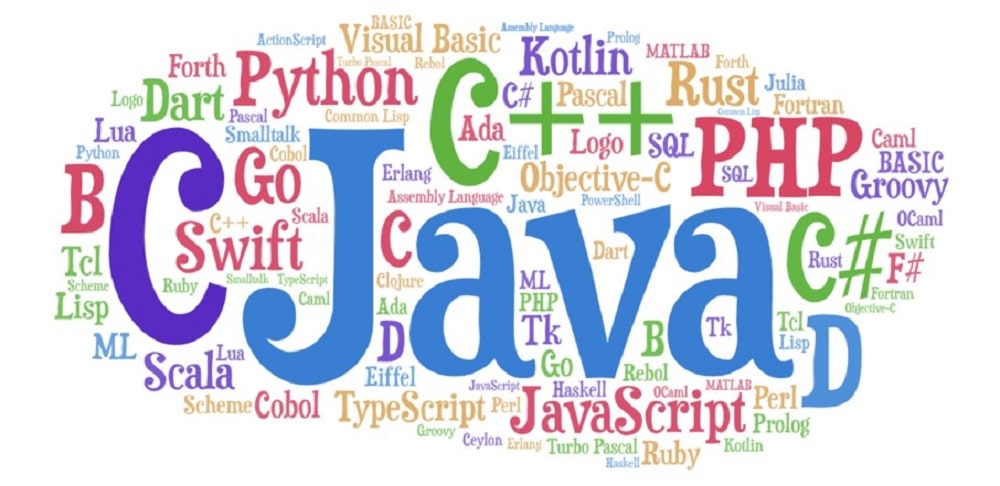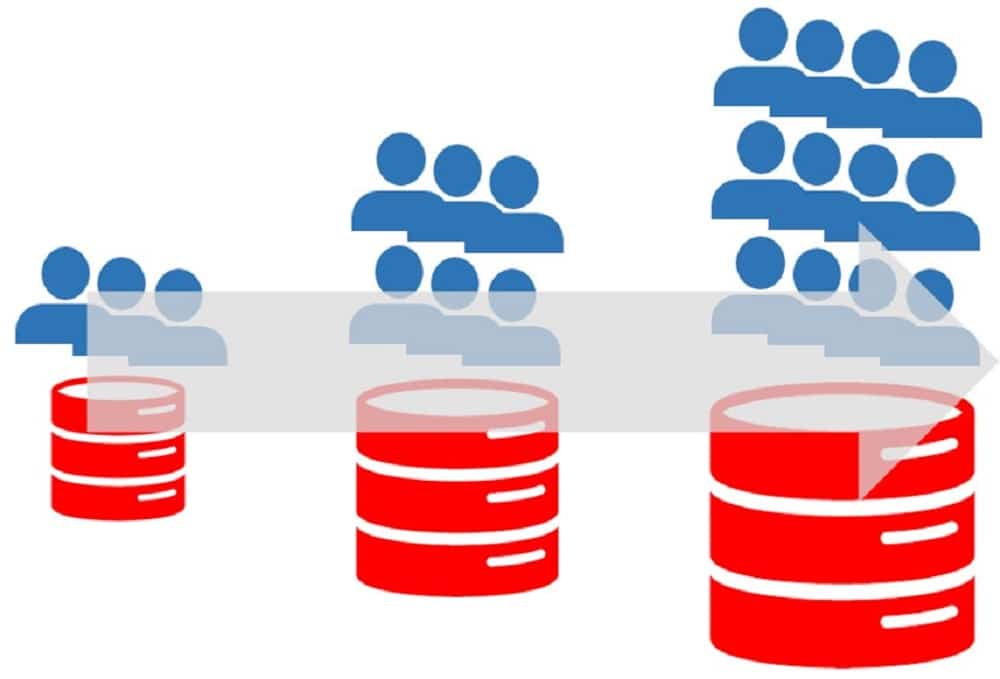
The IT industry is ever changing especially in times like the one we are currently living through. back-end developers are not spared from this relentless change.
In my 30 years of experience, exceptional back-end developers have always been in demand. However, the tech and frameworks that current developers are using is constantly changing and evolving. Without learning these new frameworks, associated languages and other technologies, you may find your skills less marketable.
What could happen if you fall behind or choose to not learn and develop new and necessary skills? You may find your career starting to stall and be unable to achieve the success you want.
So what can you do right now to prepare for the future of back-end development?
From talking with CIOs, CTOs, and VPs of technology from fortune 500 companies, mid-size firms and startups, I have learned the 6 ways back-end developers can stay competitive in today’s market.
1. Keep up with new software tools to become more productive

In talking with a CTO I recently placed, she told me that a back-end developer who has experience with new tools in business logic and the ability to build in high performance run time is one of the top technical aspects they look for when hiring back-end developers.
Hiring managers tell me they look for developers who use new tools to help them and their team become more productive. For example, some tools out there that have pre-built applications and give you the ability to customize the applications as you need.
What are some of these tools? Some tools that hiring managers look for in back-end developers that allow them to write more flexible and performance oriented software.
- Buddy
- This is a CI/CD tool designed to allow you to build, test and run software at a much faster pace. The tools allow you to do this by having over 100 actions that can be arranged to build your software.
- NetBeans
- Netbeans allows you to code edits in a much faster and smarter way. It allows you to develop on desktop, mobile, and web applications. Plus it is a free, open-source IDE.
- Cloud9
- Cloud9 was created as an online integrated development platform to support a large variety of languages. This allows you to clone an entire environment and has code completion suggestions to reduce bugs in your code.
- Zend
- This tool was designed to help you code faster, debug easier, and offers an entice plugin. Zend mainly supports PHP to create applications.
- Atom
- Atom is a free open-source text-editor that is customizable to allow you to find, preview, and replace text in a single file or in for an entire project.
- CodeLobster
- CodeLobster allows developers to simplify their PHP development process. This tool also has a large variety of CMS support such as Magento, Joomla and WordPress.
- Spiralogic Application Architecture
- This is a cloud base software development tool which allows you to build a custom application online. But what makes this tool really special is it has a hundred pre-built applications that you can customize to fit your organization’s needs.
- CodeCharge Studio
- This tool is marketed as one of the fastest ways to build applications for yourself or your organization. This tool helps you convert databases into web applications and even modifies code to learn various web technologies.
These are a few tools out there that I have heard back-end developers using and what hiring managers have told me their development teams are moving to or are already using. There are many other tools there that you can use to help you become a more productive back-end developer.
What’s some of the best ways to learn these tools?
In talking with back-end developers, the best way is to find someone, perhaps a co-worker, mentor or someone you meet in a networking event, and learn from them. Another way is to simply dive in and figure it out! These tools aren’t designed to be difficult to figure out so you shouldn’t have too much trouble learning some of these new tools.
2. Develop a deep understanding of the domain/business logic

As more business systems start to become automated, the more important it is to understand the domain and business logic. What is the difference between business and domain logic? Business logic is what an organization goal is while domain logic is the technology behind how to achieve the goal.
An example would be your organization has a goal to create an automated system for their customers to automatically pay online. That is the business logic. Now your job as a back-end developer is to take this business logic and use domain logic to achieve this goal.
Why is this so important for back-end developers to understand?
In talking with a CTO, many back-end developers struggle with understanding the business logic to achieve the organizational goal. If you’re unable to fully understand what the goal of the organization is, many companies find their developers struggling to create the proper application to achieve the goal.
As a back-end developer, how can you get a better understanding of business logic? From talking with developers here a few ways to do so.
- Continue to ask questions when the project is first started to ensure you fully understand the goal and purpose of the application.
- Take a business course.
- Think like the end user. Try to picture the user using this application and put yourself in their shoes.
3. Work with the current versions of software and databases

When working with hiring managers to fill a back-end developer role (this can be mid-level all the way to a lead position), one of the most common requirements I hear hiring managers seek in a back-end developer is that they are using the current version of their software and databases. Although older versions are often very similar to the newest versions, there is a small skill gap which can result in a less productive developer.
In talking with high level technology executives, they want to hire the most productive and up-to-date back-end developers. One of the key indicators of this is your experience in working with the most up-to date versions of software and databases.
For the sake of this blog, I won’t go into detail about all the current versions for each software and database as they are constantly being updated. However, it is important for you to be aware of upcoming changes in your software database.
This is often a difficult task for back-end developers as you don’t get to choose what when your current company pays for an updated version. Oftentimes, you may get stuck on an old project, and it can be difficult to get your hands on the newest technologies. Over the past 30 years, I have found that there is a way to get off bad/old projects.
4. Acquire experience with derivative of your primary language

When working with hiring managers to fill back-end developer positions, one technical skill almost all of my clients look for is experience with derivatives of your primary language.
Why is it important to have a strong knowledge base and experience with your primary language’s derivatives? Because by looking at older code, this allows you to have a better understanding of why the code was written in a certain way. This allows you to be significantly more productive by not writing code with bugs and rewriting or integrating code with less lines.
Also, when going forward to learn these derivatives, it is important that you have a very strong knowledge base of your primary language. This gives you a major springboard to understand the derivatives.
5. Keeping flexibility, security, and scalability in mind while you are developing the back-end of business applications

In talking with CTOs and CIOs, the three most important aspects of a successful back-end business application is its ability not to be vulnerable to security threats, flexible, and scalable for future development.
Therefore, as a back-end developer, it is critical to ask yourself these 3 questions while building and when you’re done with your application.
- Is the software flexible?
- Is the software scable?
- Are there any security vulnerabilities?
Based on my conversation with lead back-end developers and CTOs, asking these 3 critical questions is a great exercise to keep yourself competitive in today’s market.
6. Increase your full stack abilities

Taking a business concept and having the ability to run it all the way through from front-end to back-end is perhaps the one number one skill I hear employers wish their back-end developers had. End-to-end developers of applications or websites aren’t only sought after, but this also allows you to have multiple career options.
You don’t have to be as skilled or experienced as a full UI/UX developer. However, you do want to have good knowledge and good experience in key front end languages and frameworks. Here is a list of front end languages you want to have good knowledge and experience in.
- HTML / CSS
- React
- Node.JS
- Angular.JS
- Vue.JS
In my 30 years of experience, a developer who is competent in front-end languages and frameworks listed above along with being an exceptional back-end developer is a highly sought after by employers. As a Back-end developer, how can you start to learn the front to complete a full business concept all the way through?
Start learning the front-end with books, courses and most importantly, real work experience.
I have compiled a list of books and courses to help you start to learn the front-end to become a full stack developer.
It is important to know that employers do not hire you because of online courses you take but instead hire you for the experience you have.
Therefore, when going through the courses, my advice is to apply these ideas in your current job or as a side project to show your current or future employer your ability to write a full stack application.
Emerald’s advice
In our ever changing world, it is important to always be current in your profession.
We know that there is a lot for you to learn here and it can seem overwhelming. It is important to just pick one or two aspects to focus on and apply it to your current job or a side project.
If you are interested in learning more about opportunities in the back-end development space feel free to reach out to us here.

